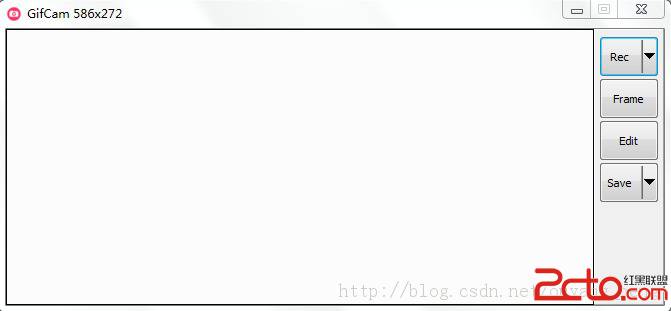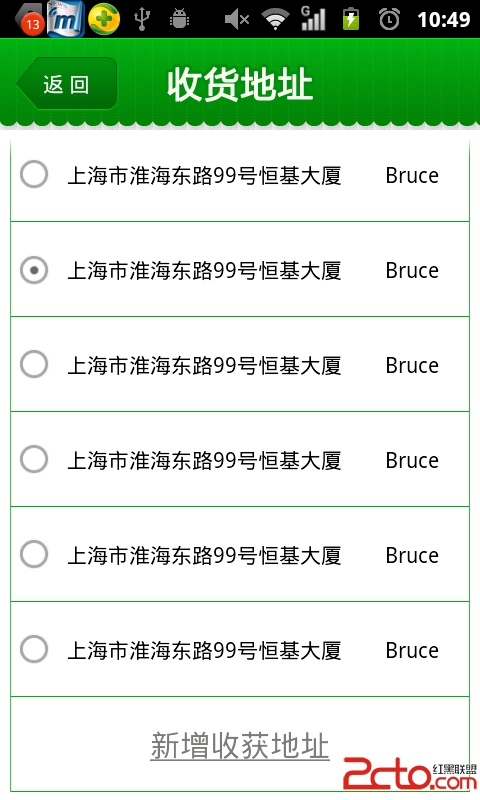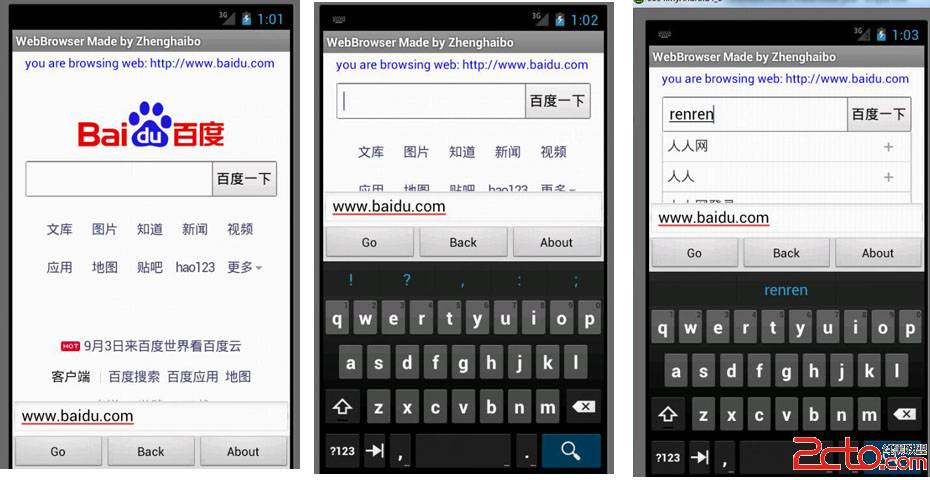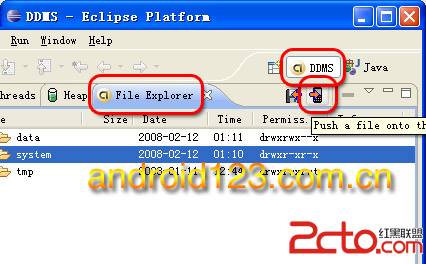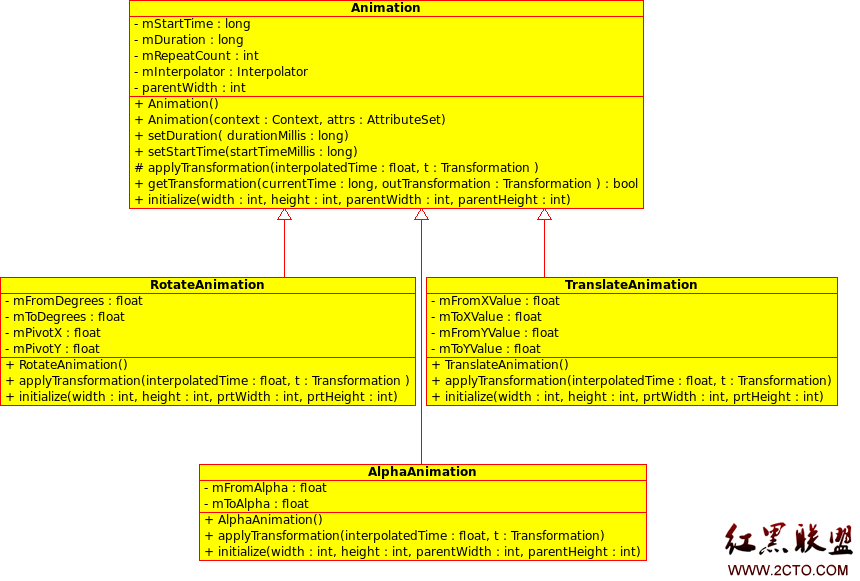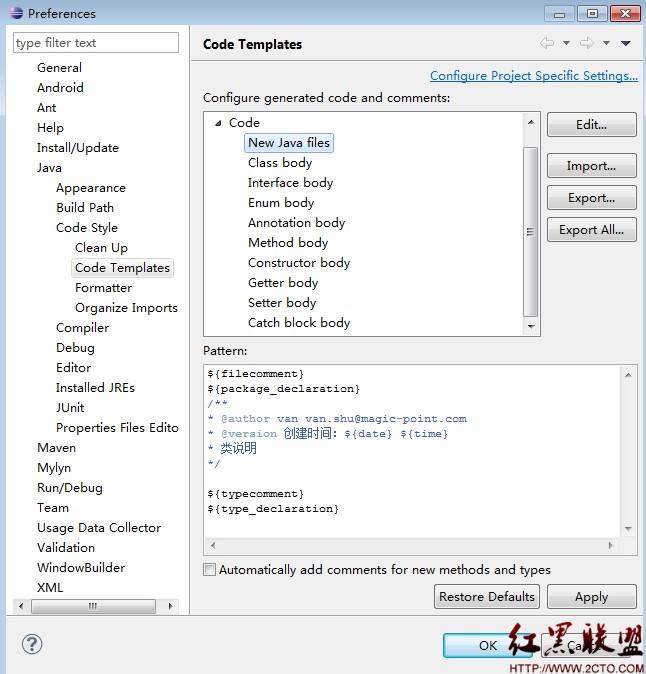Building a Simple User Inte易做图ce
The graphical user inte易做图ce for an Android app is built using a hierarchy of View and ViewGroup objects. View objects are usually UI widgets such as buttons or text fields and ViewGroup objects are invisible view containers that define how the child views are laid out, such as in a grid or a vertical list.
Android provides an XML vocabulary that corresponds to the subclasses of View and ViewGroup so you can define your UI in XML using a hierarchy of UI elements.
Alternative Layouts
Declaring your UI layout in XML rather than runtime code is useful for several reasons, but it's especially important so you can create different layouts for different screen sizes. For example, you can create two versions of a layout and tell the system to use one on "small" screens and the other on "large" screens. For more information, see the class about Supporting Different Devices.
Figure 1. Illustration of how ViewGroup objects form branches in the layout and contain other View objects.
In this lesson, you'll create a layout in XML that includes a text field and a button. In the following lesson, you'll respond when the button is pressed by sending the content of the text field to another activity.
Create a Linear Layout
Open the activity_main.xml file from the res/layout/ directory.
Note: In Eclipse, when you open a layout file, you’re first shown the Graphical Layout editor. This is an editor that helps you build layouts using WYSIWYG tools. For this lesson, you’re going to work directly with the XML, so click the activity_main.xml tab at the bottom of the screen to open the XML editor.
The BlankActivity template you used to start this project creates the activity_main.xml file with a RelativeLayout root view and a TextView child view.
First, delete the <TextView> element and change the <RelativeLayout> element to <LinearLayout>. Then add the android:orientation attribute and set it to "horizontal". The result looks like this:
<?xml version="1.0" encoding="utf-8"?>
<LinearLayout xmlns:android="http://schemas.android.com/apk/res/android"
xmlns:tools="http://schemas.android.com/tools"
android:layout_width="match_parent"
android:layout_height="match_parent"
android:orientation="horizontal" >
</LinearLayout>
LinearLayout is a view group (a subclass of ViewGroup) that lays out child views in either a vertical or horizontal orientation, as specified by the android:orientation attribute. Each child of a LinearLayout appears on the screen in the order in which it appears in the XML.
The other two attributes, android:layout_width and android:layout_height, are required for all views in order to specify their size.
Because the LinearLayout is the root view in the layout, it should fill the entire screen area that's available to the app by setting the width and height to "match_parent". This value declares that the view should expand its width or height to match the width or height of the parent view.
For more information about layout properties, see the Layout guide.
Add a Text Field
To create a user-editable text field, add an <EditText> element inside the <LinearLayout>.
Like every View object, you must define certain XML attributes to specify the EditText object's properties. Here’s how you should declare it inside the <LinearLayout> element:
<EditText android:id="@+id/edit_message"
android:layout_width="wrap_content"
android:layout_height="wrap_content"
android:hint="@string/edit_message" />
About resource objects
A resource object is simply a unique integer name that's associated with an app resource, such as a bitmap, layout file, or string.
Every resource has a corresponding resource object defined in your project's gen/R.java file. You can use the object names in the R class to refer to your resources, such as when you need to specify a string value for the android:hint attribute. You can also create arbitrary resource IDs that you associate with a view using the android:id attribute, which allows you to reference that view from other code.
The SDK tools generate the R.java each time you compile your app. You should never modify this file by hand.
For more information, read the guide to Providing Resources.
About these attributes:
android:id
This provides a unique identifier for the view, which you can use to reference the object from your app code, such as to read and manipulate the object (you'll see this in the next lesson).
The at sign (@) is required when you're referring to any resource object from XML. It is followed by the resource type (id in this case), a slash, then the resource name (edit_message).
The plus sign (+) before the resource type is needed only when you're defining a resource ID for the first time. When you compile the app, the SDK tools use the ID name to create a new resource ID in your project's gen/R.java file that refers to the EditText element. Once the resource ID is declared once this way, other references to the ID do not need the plus sign. Using the plus sign is necessary only when specifying a new resource ID and not needed for concrete resources such as strings or layouts. See the sidebox for more information about resource objects.
android:layout_width and android:layout_height
Instead of using specific sizes for the width and height, the "wrap_content" value specifies that the view should be only as big as needed to fit the contents of the view. If you were to instead use "match_parent", then the EditText element would fill the screen, because it would match the size of the parent LinearLayout. For more information, see the Layouts guide.
android:hint
This is a default string to display when the text field is empty. Instead of using a hard-coded string as the value, the "@string/edit_message" value refers to a string resource defined in a separate file. Because this refers to a concrete resource (not just an identifier), it does not need the plus sign. However, because you haven't defined the string resource yet, you’ll see a compiler error at first. You'll fix this in the next section by defining the string.
Note: This string resource has the same name as the element ID: edit_message. However, references to resources are always scoped by the resource type (such as id or string), so using the same name does not cause collisions.
Add String Resources
When you need to add text in the user inte易做图ce, you should always specify each string as a resource. String resources allow you to manage all UI text in a single location, which makes it easier to find and update text. Externalizing the strings also allows you to localize your app to different languages by providing alternative definitions for each string resource.
By default, your Android project includes a string resource file at res/values/strings.xml. Open this file and delete the <string> element named "hello_world". Then add a new one named "edit_message" and set the value to "Enter a message."
While you’re in this file, also add a "Send" string for the button you’ll soon add, called "button_send".
The result for strings.xml looks like this:
&l
补充:移动开发 , Android ,